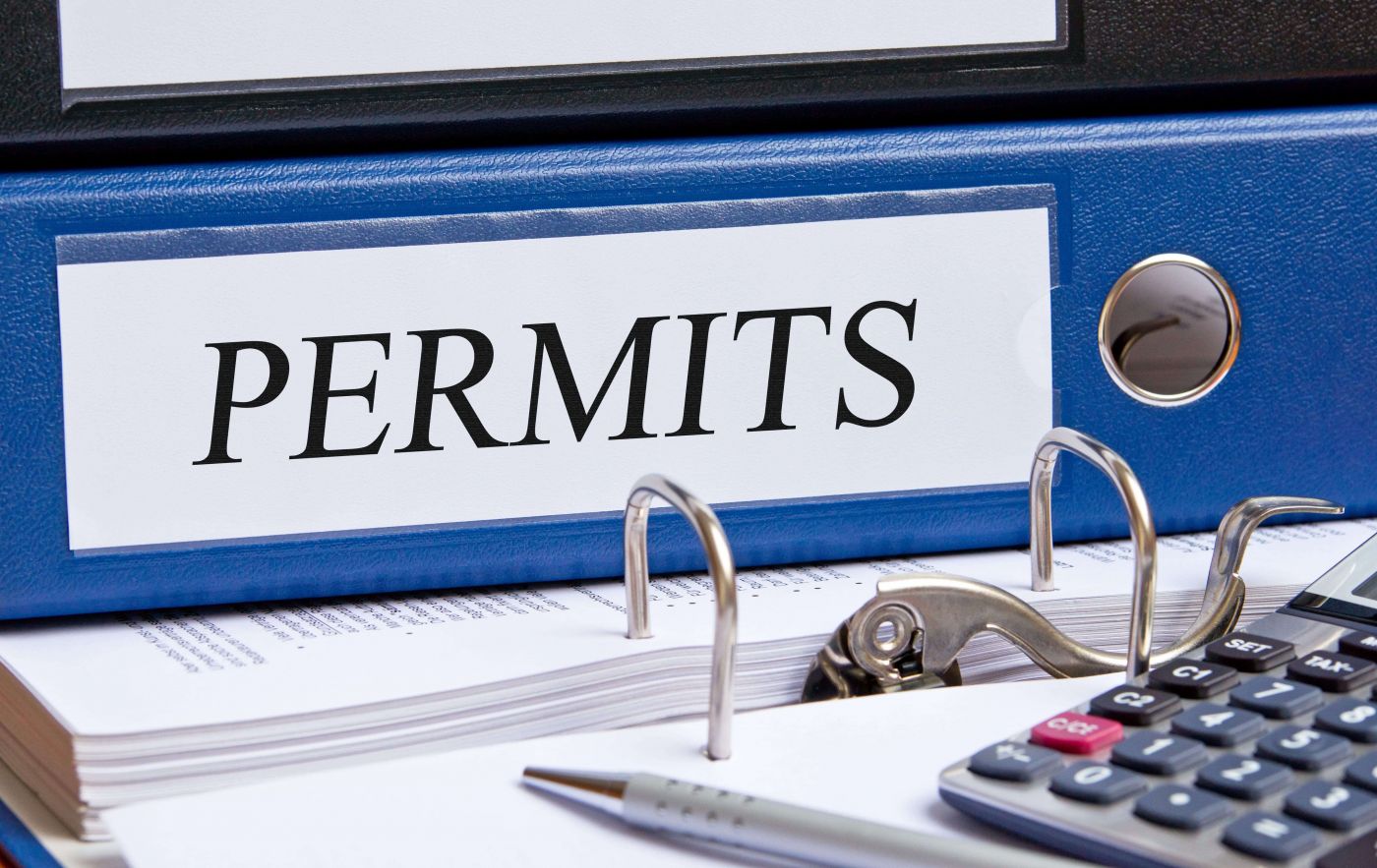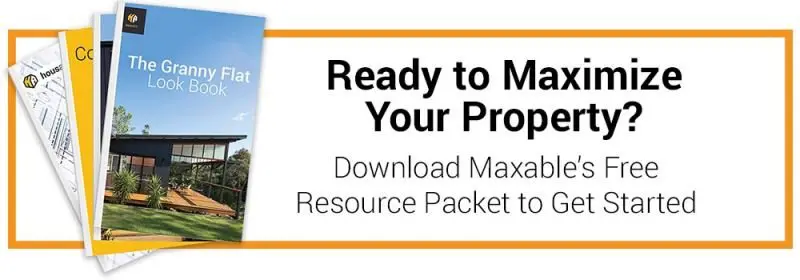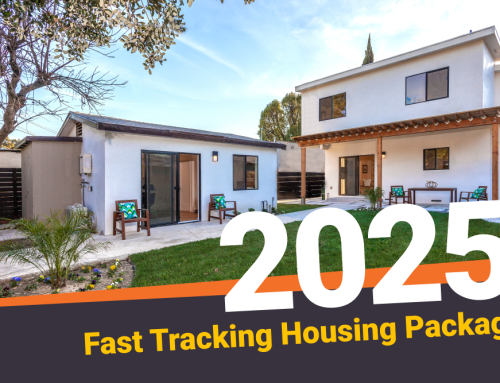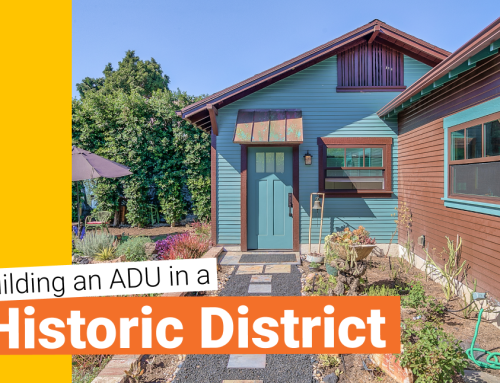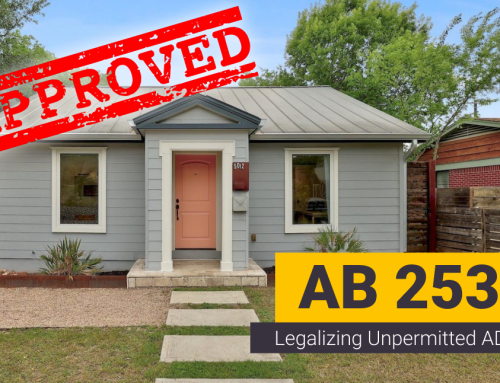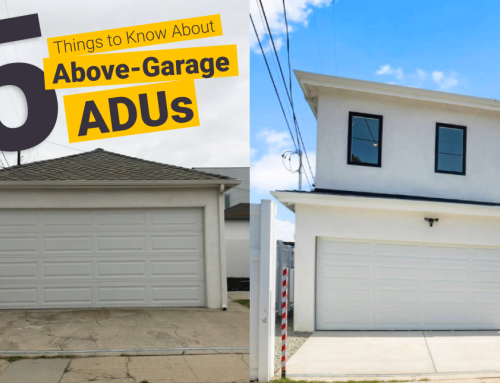There are a lot of illegal granny flats in California, now with new legislation homeowners are wondering — should I permit my illegal ADU?
Before Senate Bill 1069 passed, very few homeowners qualified to build an accessory dwelling unit. In fact, by some estimates only 5% of single-family homes would have qualified prior to the more lenient regulations.
When put between a rock and a hard place homeowners will find a way to get a project built and sidestep the city if needed.
In Los Angeles, this was no exception. Some estimate there are as many as 300,000 illegal granny flats in Los Angeles.
So, what are the homeowners’ options?
If you’ve built an illegal unit or have purchased a home that has an illegal granny flat, we are here to clear up your unanswered questions!
Where To Start
If you aren’t a Los Angeles resident but are curious about your illegal unit, research if your city has an amnesty policy. Or reach out to Maxable and we can advise you.
Avi Levi, Vice President of Los Angeles’ Levi Construction, has worked on many granny flats in his career. One of his top pieces of advice for homeowners is finding a professional to help in this process because it can vary depending on your jurisdiction.
In Los Angeles, the city has developed a voluntary, streamlined program that allows homeowners to legalize qualifying unpermitted units.
Let’s take a look!
#1. Pre-Application – How to Legalize Your Granny Flat

The first step is to do your homework and find out if there’s any kind of pre-application process.
For example, in Los Angeles, the city has established eligibility requirements that you’ll have to consider before applying.
Here’s what Los Angeles’ ADU amnesty program is looking for:
a) You will have to show that the dwelling was built OR has been lived in between the dates of 10/11/10 and 10/10/15.
How are you supposed to do that?
You can show them things like:
- Old lease agreements
- Utility bills
- Rent Stabilization Ordinance (RSO)
- Rent Registration Certificate
- Code enforcement case documentation
- or other evidence.
The Department of City Planning (DCP) can help you review the evidence to make sure it is sufficient.
b) Then, there will be a few rent and income level requirements you’ll have to deal with.
Here’s one of the trickier ones.
Los Angeles restricts how much you can charge for your unit based off where your property is located, aka what census tract your property is in. A census tract is an area predetermined by the Bureau of Census for collecting statistics during the census.
One of the statistics collects is the area median income. Each city has an area median income, which is just a fancy way of saying the average amount of money people who live in that city make.
Census tracts help the city zero in on smaller bundles of land and see what the average person there makes when compared to the city as a whole.
If it is significantly lower than average, your census tract would be classified as low or moderate income.
In addition, Los Angeles will restrict how much the person who wants to live in your unit can make.

Let’s look at an example to see how this would work.
We’ll say that the normal rent of an apartment building in LA is $1,800 a month. Being an affordable housing unit means the price will be lowered to something closer to $1,400 a month. The tenant can only qualify for this discounted rate if they make less than $50,000 a year (these figures are all theoretical to better clarify the concept).
The goal behind this is to provide Los Angeles with more affordable units. Affordable units can be classified as either low income or moderate income units. These units will have specifications as to each of their pricing.
Next, you should visit the Los Angeles Housing Department’s website to find the corresponding rent and income limits for the affordability level and the number of bedrooms in your unit. You can do that by reviewing Schedule 8, Unpermitted Dwelling Unit, located at the bottom of the list.
As an example:
If you were located in a low-income census tract, Table 1 would show that a family of 1 qualifies to live in your unit if they make $70,650 or below.
Then you would move onto Table 2, which could show you that if your unit has 1 bedroom, the rent would be capped at $1,571.
If all these numbers have just confused you further, contact us and we can help you!
c) If you have a current tenant in the unit, they will have to fit the income requirements.
The city encourages homeowners with questions about those tenants to contact them at lahd.occmonitor@lacity.org.
Professionals do advise that if the current tenant doesn’t meet the income qualifications they will not be able to live there, so keep this in mind.
While this may seem like a reason to continue to operate unpermitted, it should be noted that any tenant who lives in an illegal dwelling is a larger liability to you! You can definitely be sued by them (or even neighbors) if you don’t bring it up to code!
d) You should also make sure the property doesn’t have any other code violations outside of the unpermitted unit.
You will be asked to fix them before the city will review eligibility for the program.
The Department of City Planning (DCP) Housing Unit will review all your eligibility criteria once you are ready.
#2. Plan Check – How to Legalize Your Granny Flat

Next, a plan check. No matter what jurisdiction you’re located in you’ll need to submit drafted plans to the building department for their review.
In Los Angeles, the plan check will be conducted by the Los Angeles Department of Building and Safety (LADBS). Applicants will submit building plans and permit applications to the LADBS.
Building Departments will be looking for things like:
Architectural Plans:
- Existing Plot plan
- Proposed Plot plan
- Existing Floor plan
- Proposed Floor plan
- Roof plan
- Exterior elevations and cross-sections
Structural Plans:
- Foundation plan
- Floor framing plan
- Roof framing plan
- Truss information
- Structural framing and connection details
For the exact list of LA requirements click here.
This can seem intimidating and like a lot of work, but for a design professional who works with unpermitted units, this is standard procedure.
When asked what the top piece of advice he would give homeowners who are coming forward to legalize their unit, Avi said, “Find the right team that can help prepare you for the process. There are a lot of documents and it is a lengthy process, so finding people who are experienced and have done this before is key.”
Not sure who to hire? We can help. Get started with Maxable here.
The LADBS staff will review the plans and identify any building code corrections and zoning corrections that will need to take place to make your granny flat legal.
They will document these requirements on an Unpermitted Dwelling Unit (UDU) Inter-Agency Referral Form. Some things that could require changes include parking and density modifications.
The Department of City Planning (DCP) and Housing & Community Investment Department (HCIDLA) will be added to the Clearance Summary Worksheet (CSW) generated for your project.
This is a good thing! It is done in an effort to ensure information is shared throughout city agencies and streamlines your process (but do be aware that the process is not necessarily speedy so patience is key).
#3. Planning Clearance – How to Legalize Your Granny Flat

After gathering up all this important information, your city will probably want to double check that the changes recommended are in keeping with current ordinances and laws.
In Los Angeles, you’ll then be required to provide the UDU Inter-Agency Referral Form from the previous steps to the Planning Department Housing Services unit.
They are located at the Development Services Center (201 N. Figueroa, 4th Floor).
The department will make sure the changes you have to make are allowed in their unpermitted dwelling ordinance. They will also determine the number of affordable units required.
Luckily you’ll probably know this information because you followed our instructions for affordable units in the eligibility requirements!
Feeling overwhelmed or confused so far? Contact Maxable for help!
#4. Covenant and Affordable Housing Clearance – How to Legalize Your Granny Flat

Your city may or may not have requirements for affordability. Because California’s cost of living is so high and there is a housing crisis, this could be a possibility!
In the city of Los Angeles, this step is conducted by the Housing and Community Investment Development Planning and Land Use Unit (what a mouthful!). They will put together an agreement (covenant) about the terms of affordability in your newly legalized unit. A Land Use Covenant Requirement Checklist can help you through the process.
This list includes over 20 documents so it can seem overwhelming, but by now you should have professional help. They can give you all these things, like the projected completion date or floor plans!
Your specific covenant will be prepared using the following documents:
- A Land Use Covenant Application.
- An Application for Building Permit, provided by the Department of Building and Safety.
- The Clearance Summary Worksheet that was generated by the Department of Building and Safety in step 2.
- A UDU Public Benefit Form.
- The UDU Inter-Agency Referral Form generated during step 2.
- Building plans showing the unit layout, square footage, and bedroom count.
- A copy of your Grant Deed. This can be obtained from the Los Angeles County Registrar-Recorder/County Clerk. A fee will apply.
HCIDLA will provide you with an affordable housing clearance once the covenant is recorded.
Their Occupancy Monitoring department will conduct tenant approval after the covenant is executed. This means that they will verify how much your tenant earns and make sure it isn’t over the limit you calculated in step 1.
If you have specific questions regarding this process, you or whoever you are working with are encouraged to contact hcidla.landuse@lacity.org.
#5. Planning Clearance #2– How to Legalize Your Granny Flat

Almost to the finish line! Your city planning department will want to look over everything that’s been done before you go further. Don’t be worried, this is their job and they will want to help to make sure you can get through the process!
In Los Angeles, you should bring the completed UDU Public Benefit and UDU Inter-Agency Referral Forms, plans, and photographs to the Development Services Center (201 N. Figueroa, 4th Floor).
Once the planners sign off on the Clearance Summary Worksheet, you know that all your changes and the covenant you signed comply with the ordinance.
If compliance isn’t met, you might be able to apply for approval of alternative compliance measures, so definitely ask them about it.
#6. Final Building Permit – How to Legalize Your Granny Flat

Whoever oversees building and safety in your community will also have to take a look at all your documentation to issue you a building permit so you can start construction.
For Los Angeles specifically, the Department of Building and Safety will review your revised plans, Inter-Agency Referral Form, and Clearance Summary Worksheet before they issue you your permit.
They will schedule an inspection to verify your compliance once you have wrapped up construction.
Last but most certainly not least, they will issue a Certificate of Occupancy. This certifies a building’s compliance with the building codes, documents the new number of permitted units, and says that the dwelling is in a suitable condition for people to live in it.
Now What?
You’ve reviewed the plan to legalize your dwelling, now you’re one step closer to the end of the process! With these 6 clear steps, you can clearly outline your goals and start asking the right questions.
Unfortunately, you can’t anticipate how much this will cost until you get the right profession into your property. But it will probably be less in labor costs than building a new rentable unit (unless it’s an extremely dangerous situation).
Well, if this is costing money why come forward? Like we said in step 1, your liability on an unpermitted unit is way more than a permitted one. So it might seem like a good idea to pinch pennies now, but down the road, it could majorly cost you if someone takes legal action!
If you’re not a Los Angeles resident, you can still do this! Your city may have a similar plan to legalize your unit. Contact us to see!
This probably seems daunting, but it’s important to remember that the end product is a legal dwelling that can be utilized in the best interest of you and your community.
Need some more help? Download Maxable’s free tool kit!
Plan, hire, and manage your ADU project with Maxable.
At Maxable, we believe that building an ADU should be fun and exciting. You shouldn’t have to be the one to deal with confusing obstacles like permitting snafus or ever-changing regulations. We’ll be by your side every step of the way and connect you to experienced designers and general contractors in your area to make sure your project goes as smoothly as possible.
Leave the headaches to us! Check your address and see what Maxable can do for your home during a free ADU Planning Call.

